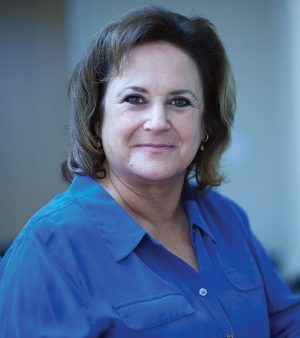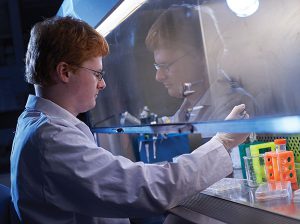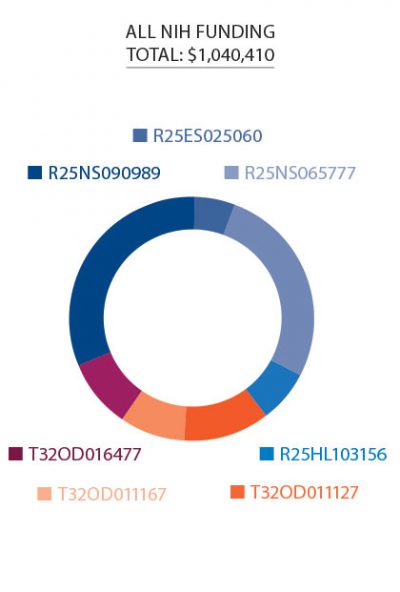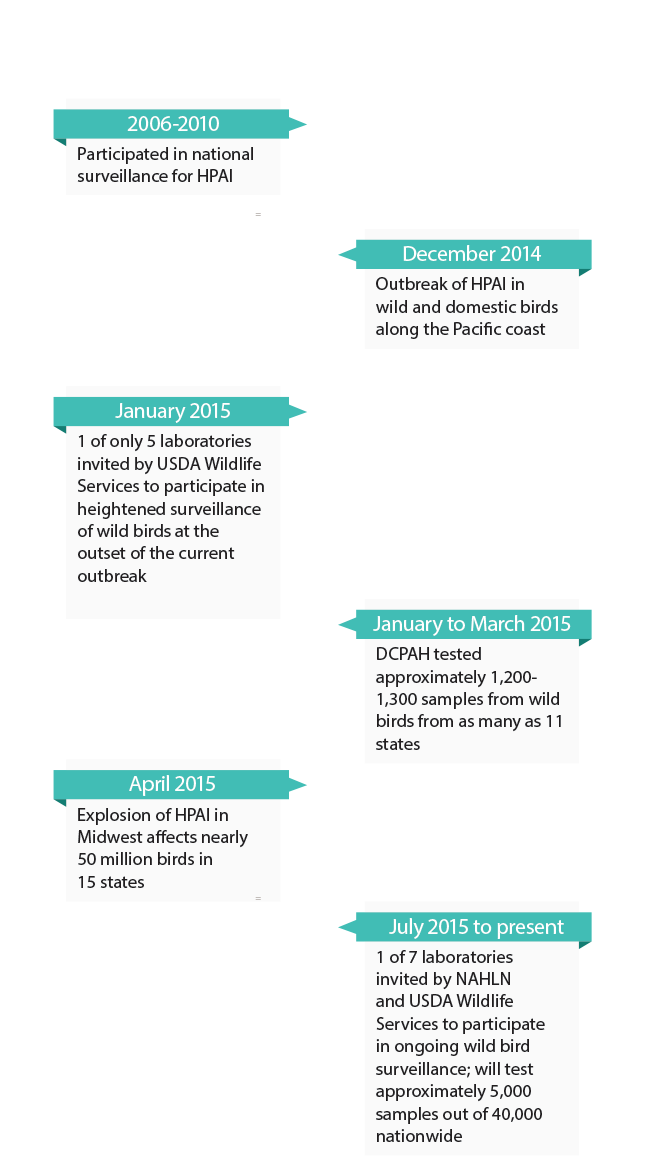Hands-on Simulations for Real-World Excellence

Veterinary and human medicine intersect in numerous places, including pedagogical methods and training techniques.
The Learning and Assessment Center at Michigan State University is a result of the collaborative vision of the Colleges of Human Medicine, Veterinary Medicine, Osteopathic Medicine, and Nursing.
This unique multi-college organization allows for efficient collaborations and helps health professions students develop and demonstrate competence in basic tasks and skills. Simulations approximate reality in ways that require students to react to conditions as they would under genuine circumstances. These simulations can include standardized patients, mannequins, clinical vignettes, or a combination of these methods.
Certified by the Society for Simulation in Healthcare, the LAC provides opportunities for students to experience treating patients and communicating with clients before they first hit the clinic floor.
Simulator models
Giving students lots of hands-on experience is one of the strengths of the MSU DVM program, and the LAC does exactly that.
Dr. Robert Sanders began developing a cardiology selective after learning of the LAC’s high-fidelity capabilities. The course is limited to 12 students, and has a waiting list every semester.
The selective puts students at the bedside of an exam room with cardiology patients. The simulation models have dynamic vitals, including heart rate and blood pressure, with stomachs that rise and fall with respiration. Sanders sets the vitals for the simulation and adjusts them by radio frequency as students deliver treatments to the simulator. The entire process is viewed and recorded from a monitor room."
The differences in students’ diagnostic skills and response time between the beginning and end of the semester are phenomenal,” said Sanders.
“These students begin their clinical rotations having experience that is very close to the genuine thing.”
Standardized clients

These simulations give students the opportunity to develop communication skills through scenarios that let the instructor provide detailed and useful feedback.
Simulations are also provided by human actors, called standardized clients.
Dr. Ann Rashmir-Raven uses the LAC in the Veterinary Integrated Problem Solving course. Students are expected to take thorough histories and explain the results of diagnostic tests to a standardized client. Afterwards, students meet in small groups with facilitators, many of whom are local practitioners or clinicians at the Veterinary Medical Center. The small groups view the recordings and provide constructive feedback aimed to improve future client interactions.
Students are introduced to the room by an LAC technology trainer. Veterinary students use two simulators, one with radio-controlled vitals, and one that receives medical treatments.
Students approach an exam table with vitals that have been set by the instructor.
Students examine the patient and determine appropriate diagnostic tests.
Results of all potential diagnostic tests are available at a bedside computer.
Students determine the next course of action based on diagnostic test results.
Students administer medications to the model with available tools and medicines.
















